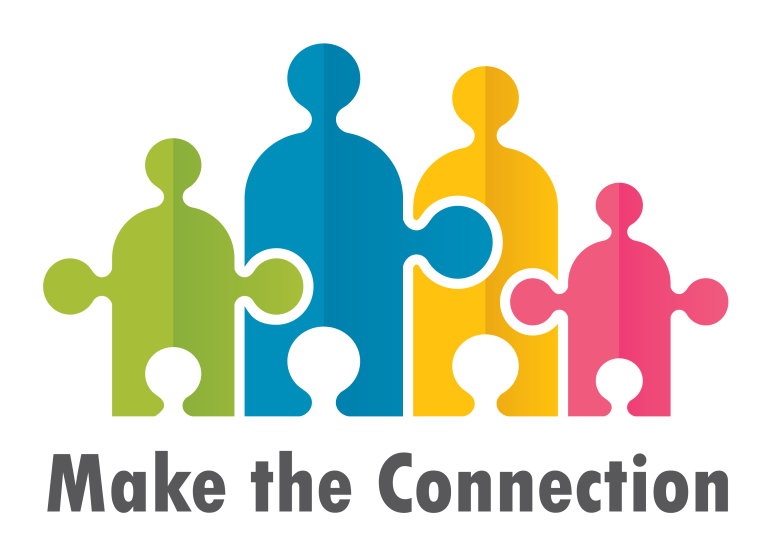How do I know if therapy is working? | Part 2
In the beginning of therapy, goals are established between the therapist and the client and these set a guideline for their therapeutic work. This blog is part 2 of a 2 part series. Here, we will be exploring how the goals set in therapy can be evaluated for signs of progression.
A good sign of progress, and perhaps the most obvious, is when you begin to see a reduction in the symptoms you presented with. For example, if you sought therapy because you were struggling to sleep, and after talking about work-related stress you find that you are able to sleep through the night, then you are seeing an improvement. Many clients can feel relief after attending a few sessions of therapy and see this as a sign that they do not need to go to therapy anymore. Yet often times, this is only the beginning of progress. In fact, progress is not necessarily always a positive experience. It may lead you to experience loss, pain or grief, yet it is by going through it that you find yourself on the other side.
Another sign of progress may be when you look forward to your sessions and are motivated to work hard towards your goals. You might also find paying for these sessions as less of a burden and more of an opportunity for self-improvement.
Remember, some goals might take a longer time to achieve than others. It might be that your goal needs to be broken down into smaller, more manageable ones, which over time strengthen your capacity to achieve the larger, main goal.
Therapy allows you to delve deeper into your emotions and behaviours. The aim is to get a better understanding of how they affecting your everyday life. Progress can therefore look like the implementation of techniques or actions discussed in therapy into your everyday life. As you progress through therapy, you will find yourself better able to identify what you are experiencing and with time even being able to adapt them to what you are facing. You may find that you are no longer lashing out when someone says something hurtful, or that you are having less negative self-talk. This can lead you to having a higher tolerance to new situations and able to handle yourself better in others that were too difficult in the past.
Finally, signs of progress can come from outside the therapy room. Your relationship with those around you may be strengthened or others may comment on changes they have observed in you. As a result, you may feel relief or excitement. Hope is a strong motivator and pushes you to try again and again, strengthening your new skill and your confidence in yourself.
Oftentimes, progress can be slow and difficult. There may be moments when there are pitfalls or when they seem too difficult to achieve. By looking for signs of even small levels of improvement, it would be much easier to trust the process and keep pushing towards a more balanced and happy state of wellbeing.
References:
Beck, J. (2015). How to know if therapy is working. Beck Cognitive Behaviour Therapy. Beckinstitute.org
Rauch, J. (2015). Is therapy working for you? How to know your therapist is helping. Talkspace. Talkspace.com
Tartakovsky, M. (2018). How do I know if therapy is working? And other questions about therapy answered. PsychCentral. PsychCentral.com
Petra Borg is a Trainee Gestalt Psychotherapist currently reading for a Masters in Gestalt Psychotherapy from the Gestalt Therapy Institute Malta (GPTIM) and working at Willingness as a Trainee Psychotherapist. She has experience as a Triage Officer and has also worked closely with Willingness over several years, coordinating the international internship programme and providing support over diverse events and initiatives.







